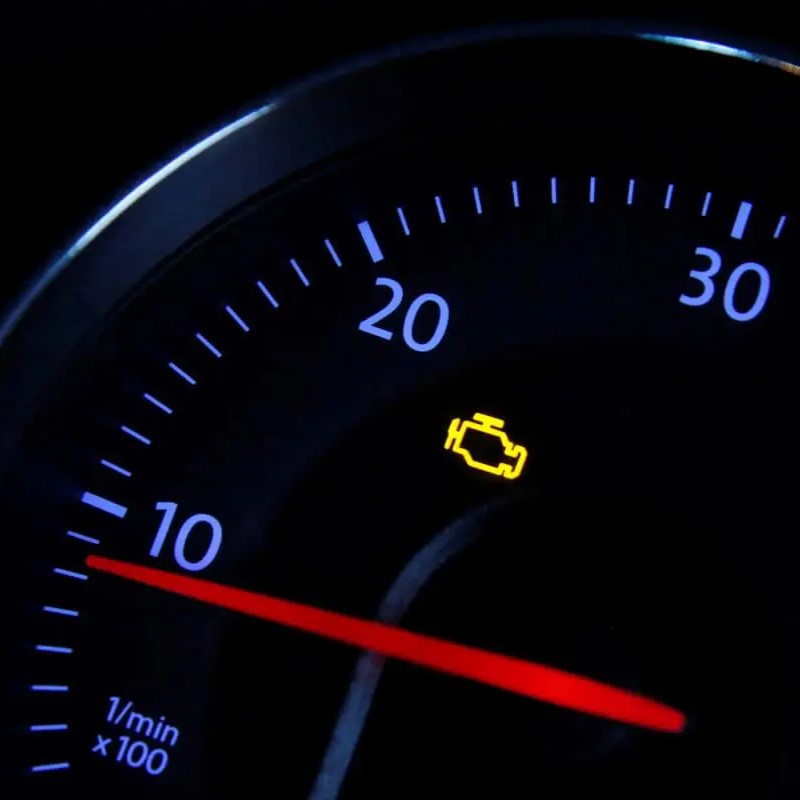The dashboard. A sea of symbols and lights, most glowing a calming green or blue. But then there’s it: the dreaded red battery light. It seems to scream impending doom, threatening to leave you stranded on the side of the road. But fear not, fellow driver! While a red battery light does indicate a problem, it’s not necessarily a death knell for your car. Let’s delve into what this light means and how to navigate this situation.
Decoding the Red Battery Light: Charging System Blues
First, understand that the red battery light isn’t solely a battery issue. It’s a warning light for your car’s entire charging system. This system works in tandem: the alternator spins to generate electricity, which then charges the battery. The battery, in turn, supplies power to your car’s electrical components. If this well-oiled machine sputters, the red light illuminates.

Common Culprits Behind the Red Glare
Several potential offenders can cause the red battery light to turn on. Here are the most frequent ones:
-
Alternator on the Fritz: The alternator is the heart of the charging system. If it malfunctions, it can’t generate enough electricity to keep the battery charged. This can be due to a worn-out belt, faulty internal components, or even a voltage regulator malfunction (the regulator controls the alternator’s output).
-
Battery Blues: While the light might not directly point to the battery itself, a failing battery can also trigger it. A weak battery won’t hold a charge effectively, leading to insufficient power and the dreaded red glow. Corrosion on the battery terminals can also disrupt the charging process, mimicking a bad battery.
-
Loose or Corroded Connections: The electrical connections between the alternator, battery, and other components are vital. Loose or corroded connections can impede the flow of electricity, causing the system to malfunction and the light to turn on.

The Telltale Signs: Beyond the Red Light
While the red battery light is a clear indicator, sometimes additional symptoms accompany the issue. These can provide clues to the root cause:
-
Dim Lights: If your car’s headlights or interior lights seem dimmer than usual, it suggests the battery isn’t receiving a proper charge.
-
Electrical Issues: Malfunctioning electrical components like power windows or the radio can point towards a charging system problem.
-
Difficulty Starting: If your car struggles to crank or turn over, it could be a sign of a weak battery that’s not getting properly charged.

Taking Action: What to Do When the Light Comes On
If the red battery light illuminates, here’s how to proceed:
-
Pull Over Safely: Don’t ignore the light. Find a safe place to pull over as soon as possible. Continued driving can further strain the electrical system and potentially lead to more significant problems.
-
Turn Off Non-Essential Electronics: This helps conserve any remaining battery power.
-
Assess the Situation: If you’re comfortable doing so, you can visually inspect the battery terminals for corrosion. Clean them with a baking soda and water solution if necessary. However, for any further troubleshooting, it’s best to seek professional help.
-
Seek Professional Help: A mechanic can diagnose the exact cause of the problem using specialized tools and their expertise. They can then recommend the appropriate repair, whether it’s replacing the alternator, the battery, or simply cleaning the connections.

Prevention is Key: Maintaining a Healthy Charging System
Just like taking care of your health, preventive maintenance goes a long way in keeping your car’s charging system in top shape. Here are some tips:
-
Scheduled Maintenance: Regular checkups by a mechanic can identify potential issues with the charging system before they cause major problems.
-
Clean Connections: Periodically check the battery terminals for corrosion and clean them if necessary.
-
Observe Battery Age: Batteries don’t last forever. Typically, they need replacing every 3-5 years. Keep an eye on your battery’s age and consider replacing it before it fails completely.

Addressing alternator issues promptly
Imagine cruising down the road when a menacing red battery light glares on your dashboard. Panic might set in, but take a deep breath! This doesn’t necessarily spell doom for your car. Often, the culprit is a faulty alternator, the heart of your car’s electrical system. Let’s explore why addressing alternator problems promptly is crucial.
Why the Alternator Matters
Think of your alternator as a tireless power generator. While the engine runs, the alternator spins, creating electricity that charges your battery. This charged battery, in turn, powers all your car’s electrical components, from lights and wipers to the radio and engine computer. If your alternator fails, it can’t keep the battery topped up, leading to a chain reaction of problems.
The Dangers of Ignoring a Faulty Alternator
Ignoring a failing alternator is a recipe for trouble. Here’s what can happen:
- Dead Battery: A weak alternator won’t provide enough juice to keep the battery charged. This can lead to a dead battery, leaving you stranded and needing a jump start or tow truck.
- Electrical Malfunctions: Dim headlights, flickering interior lights, or malfunctioning electronics are all signs your car isn’t getting the proper electrical power.
- Complete Power Loss: In the worst-case scenario, a completely dead alternator can lead to a complete loss of electrical power, causing your car to stall and leaving you stranded.
Taking Action: Addressing the Alternator Problem
If you suspect an alternator issue, don’t delay! Here’s how to address it promptly:
- Get it Diagnosed: A mechanic can use specialized tools to diagnose the exact problem with the alternator. This could involve testing its output voltage or checking for internal component failures.
- Repair or Replace: Depending on the severity of the issue, the mechanic might recommend repairing the alternator or replacing it entirely. In most cases, a replacement is the most reliable solution.
- Prevent Future Issues: Regularly scheduled maintenance can help identify potential alternator problems before they cause major issues. Additionally, keeping your battery terminals clean and corrosion-free can ensure a smooth flow of electricity.
The Importance of Prompt Attention
By addressing alternator issues promptly, you can avoid a cascade of problems. You’ll ensure a reliable electrical system, prevent being stranded, and potentially save yourself from more expensive repairs down the line. Remember, a healthy alternator keeps your car’s electrical heart beating strong, so don’t let a warning light turn into a major headache.
By understanding the red battery light and taking the necessary steps, you can ensure smooth rides and avoid being stranded on the road. Remember, a little knowledge and preventive care can go a long way in keeping your car’s electrical system humming along happily.





